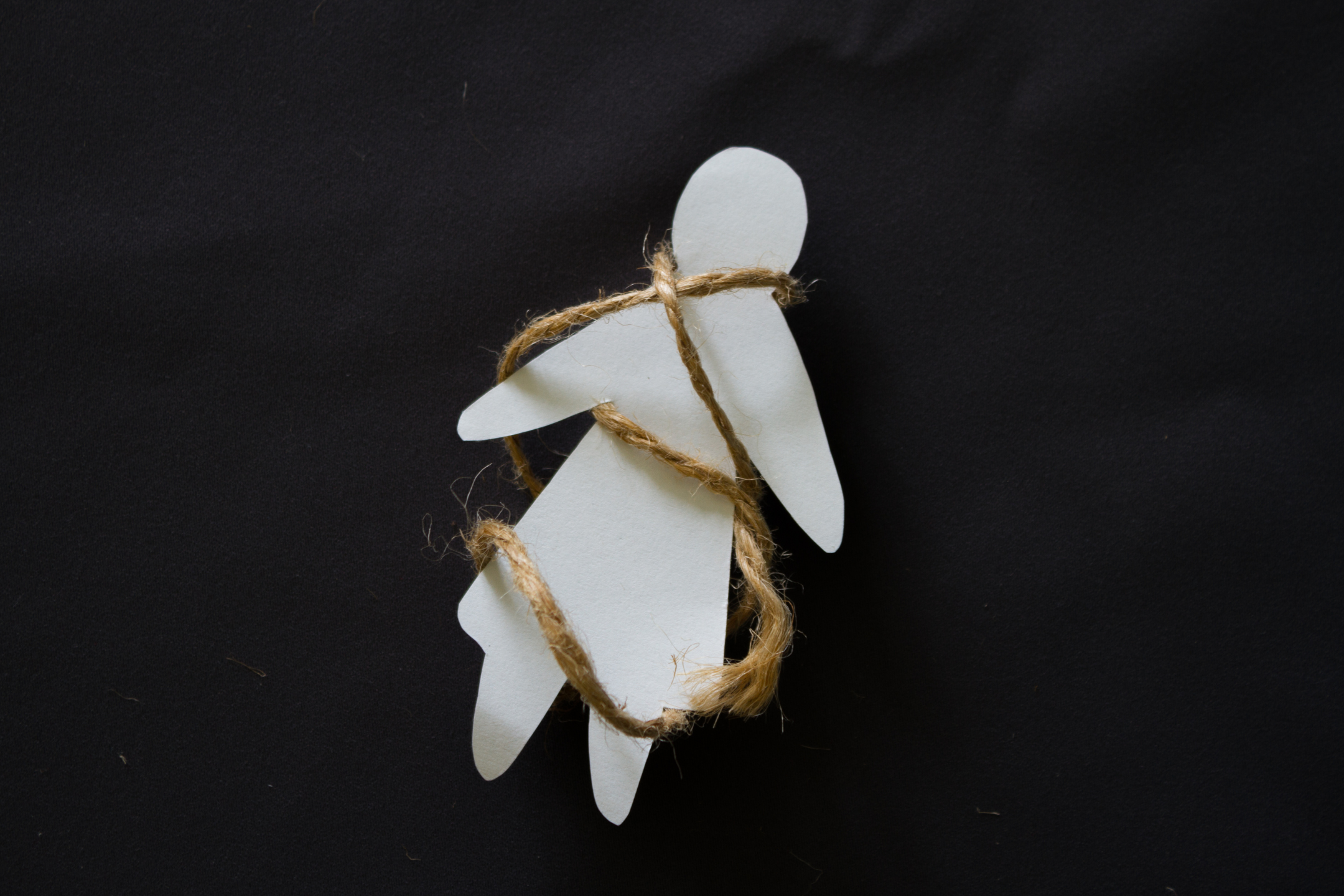Part 1 of 5: Guilt and Shame to Keep Young Girls in the Game
“I really want to make this clear before I make this video. I have judged myself harder than anybody else. Any of you people in the comments section that might say whatever can judge me. I have been my most harsh critic, there is nothing that anybody can say that I haven’t said to myself. There’s nothing that anybody can say that I haven’t thought, even. When it comes to just the most brutal things and reality we are our own worst enemies sometimes and our own worst [judge]. This is a video I really feel like I need to do.” (Girl, 2025)
I choose to start off this essay with the same words of a woman who was trafficked at 19 years old. At first I was going to leave this part out, because it is wrong and unfair for victims of a crime to feel the weight of what was done to them. We see this most plainly in rape victims who are left with “feelings of shame, lack of trust, fear of reliving bad memories, fear of reprisals, and suicide attempts,” (Koss, 2000) after testifying against their rapists in court. “Testifying is one of four significant predictors of post-traumatic stress disorder symptoms among adult survivors of child rape,” and it is no different for survivors of human trafficking. “Most researchers agree that control of prostituted women by pimps involves understanding the “wants” of these women and controlling those wants through the use of threats, intimidation,and violence—women can expect to be subjected to controlling practices and suffer violent treatment that has been described as frequent, pervasive, and brutal.” (Williamson, 2002)
Once people are out, they simply want to stay out when, aside from the guilt and shame, women are then too scared to testify against their abusers and pimps due to vulnerability to continued threats against themselves, their children, their relatives, and their property if they manage to free themselves from their pimp and so the cycle continues. Threats are a very powerful tool, but the greatest nail in the coffin for trafficked young people is guilt and shame. Once someone has done something, a person loses respect for themselves and sees their life as disposable. “If we don’t stop seeing ourselves as disposable, we’ll build a world where none of us matter,” (Girl, 2025). There is guilt in feeling like one has betrayed herself, as this 19-year-old put it in her video: “I look back—and I think about how I just want to grab myself—10 years ago and just wrap that girl up and say ‘you’re gonna be okay,’” instead of betraying herself and giving her life to a pimp.
“Worldwide, at least one woman in every three has been beaten, coerced into sex, or otherwise abused in her lifetime,” (Koss, 2000) and many if not most or all of these survivors experience self-blame. Self- blame is precisely what keeps women not only quiet but complacent. Once a woman gives her body away in a transaction under a pimp, there is no longer anything to lose; which is not true, of course, but this is now how these women see themselves. When faced with the worst of consequences, a woman is only propelled further into the cycle because not only can the pimp threaten them, but because many no longer see the good in themselves and a life worth living beyond being trafficked.
“Eventually when I would find out that men were married, it was horrible—I was a part of the problem—and I feel so sorry, I feel so bad for those women. I feel so much guilt and pain and honestly I don’t understand those men.” (Girl, 2025)
These women can hardly live with themselves, let alone see a life beyond the one that they are in. What employer would take them? What life could they have? But there is hope! “I did not go through all of that for nothing, and I’m trying to figure out what [I can] do with all of that pain, what [I can] with the self-betrayal.” (Girl, 2025) There is hope for her and there is hope for any other lost in human trafficking. What is needed is love, support, and safety… which is hard to come by. That is where people like you and me and programs and articles like this come in. Somebody needs to tell these victims that they are not alone and they are not dirty, that their life is not wasted or over, that they can set down all their guilt and pain, and that they can walk away into a future where these experiences are a past—It comes down to us to help those who don’t see the value in helping themselves.
Works Cited
Gril, S. (2025). What I learned about Men, Love and Loneliness while being sex trafficked. YouTube. https://youtu.be/UfBso0Y4ETI?si=qCsrLhvDigUv7jgP
Koss, M. P. (2000). Blame, shame, and community: Justice responses to violence against women.American Psychologist, 55(11), 1332–1343. https://doi.org/10.1037/0003-066X.55.11.1332
Williamson, C., & Cluse-Tolar, T. (2002). Pimp-Controlled Prostitution: Still an Integral Part of Street Life. Violence against Women, 8(9), 1074–1092. https://doi.org/10.1177/107780102401101746

